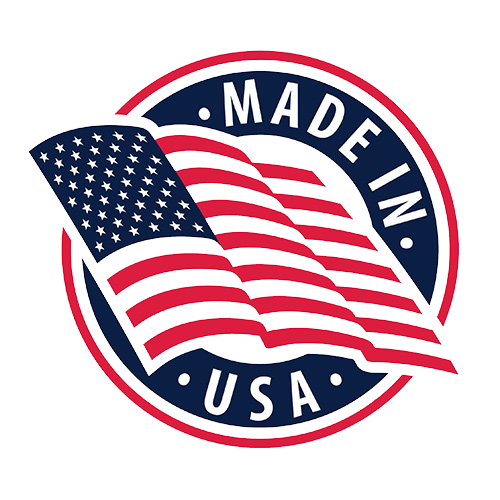Hey everyone, today I’m going to quickly summarize the main points about how a couple packaging materials impact the environment and some of the reasons why alternative packaging materials for stand up pouches aren’t as popular in the industry today.
A lot of the companies that we work with ask about alternative packaging material to the standard PET (polyester) or PE (polyethylene) films but not everyone knows the reasons why they aren’t offered more widely in the industry. One of the larger misunderstandings is that using a rice paper or kraft stand up pouch is better for the environment than the standard materials. When in reality only the outer layer is made of kraft and the inner layers are made of the same PET or LDPE (Low density polyethylene) as standard pouches, thus negating the true “eco friendliness” of the packaging. Some companies make packaging out of just kraft but use a coating that is made of PE or PVC to give it the Barrier properties it needs but once again making the packaging no longer as eco friendly as advertised.
There are companies out there that are making big steps in the right direction toward more sustainable packaging materials but there are still a couple issues that keep it from competing with standard materials. Early on alternative materials would have issues with printability, durability and not being a strong enough barrier against air, moisture and oil‘s. Now technology has come a long way but just like the IPhone 10, it’s not cheap. So as time goes on we are keeping our fingers on the pulse of the industry and waiting for the day when we can offer alternative materials that are high quality and competitively priced.
Until the industry produces more affordable eco-friendly packaging options, there are a couple reasons why flexible packaging is a better alternative to plastic bottles/containers or paper. Even though plastic takes much longer to break down in landfills it requires a lot less energy and waist to produce compared to paper. Most plastics are made of a byproduct of producing diesel fuel that, in earlier years would have been burned off into the atmosphere. Instead the gas is captured, condensed and used to make most of the plastics we see every day.
Paper on the other hand requires much more fuel to reach consumers. From the energy used to harvest, transport, process and distribute paper products, the carbon footprint of the paper industry is much higher than that of the plastic industry. Not to mention the world wide issue of deforestation and habitat loss that only adds to the list of endangered plants and animal which is already at 41,415 and 16,306 of theses are under the direct threat of extinction.
Flexible packaging Compared to other types of plastic packaging also has a smaller carbon footprint when it comes to transportation. To simplify this is much as possible flexible packaging it’s smaller than other types of plastic packaging. Therefore you can fit more on a pallet end it requires less energy to transport films, opposed to rigid/formed plastic packaging such as bottles or containers that require more pallets to transport the same volume of material. Once the product is packaged standup pouches can be packed in boxes with very little space wasted because they lay flat on top of each other, where containers have to be stacked leaving space between each container. This means you can fit more items on a pallet and use less fuel transporting the same amount of products of a similar product weight (8, 16, 32oz, etc.).
When it comes to disposal of packaging, based on the same idea physical volume, flexible packaging once again Is an improvement over bottles or containers. If a bottle or container is it crushed it will take up a much larger volume in a trashcan, trash truck or landfill. Standup pouches and wrappers on the other hand take up a much smaller volumes. If a household used nothing but flexible packaging they could fit more waist into one trash bag requiring less trash bags which requires less trash trucks which requires fewer landfills. Also Flexible packaging is made of a thin film whereas containers use thick walls and screw on lids that take a much longer a time to break down naturally. Just as cheap notebook paper will break down much faster than high quality poster-board.
Lastly product, films require much less plastic to produce compared to bottles or containers. The industry as come a long way and every year it only becomes more efficient and less wasteful. The truth is the even without the use of Bioplastics the move toward flexible packaging is already a big step in the right direction for the environment. It’s not perfect but as time goes on I truly believe that flexible packaging is the answer for a clearer more eco friendly tomorrow.



